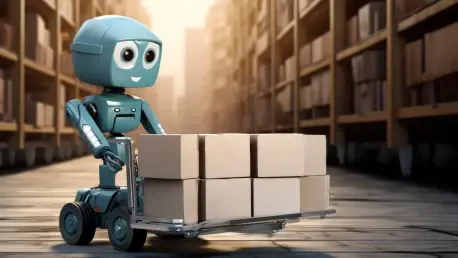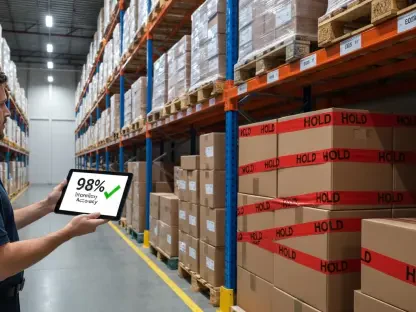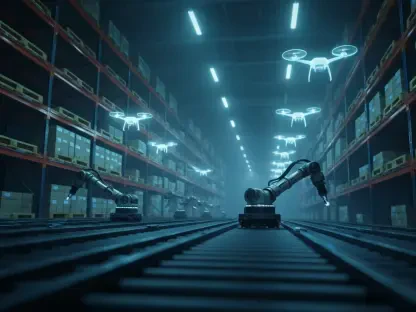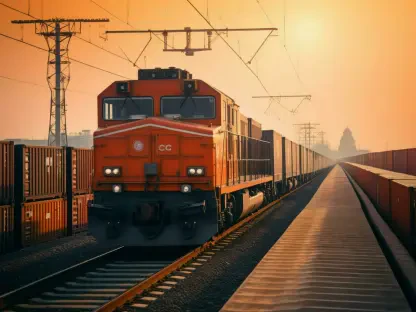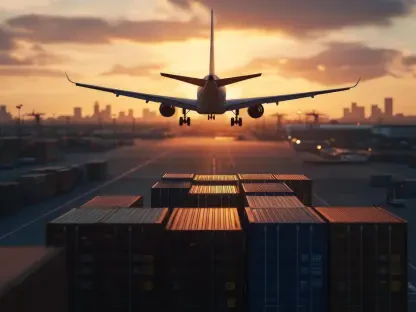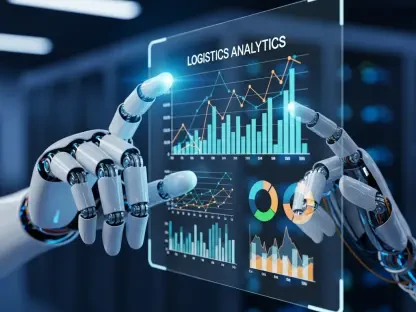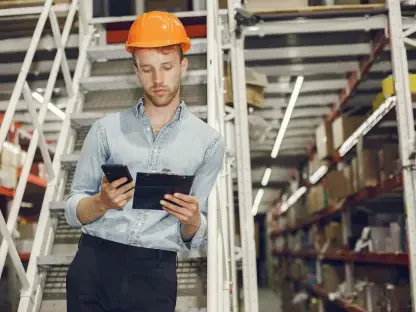I’m thrilled to sit down with Rohit Laila, a veteran in the logistics industry with decades of experience spanning supply chain and delivery. Rohit has dedicated his career to pushing the boundaries of innovation through technology, making him a leading voice in warehouse automation and operational excellence. In this conversation, we dive into the challenges of navigating the flood of tech options, the importance of balancing efficiency with resilience, and how to integrate human and machine efforts for the warehouse of the future. We also explore his unique frameworks for readiness and orchestration, as well as ways to address workforce concerns about AI.
How do warehouse leaders avoid feeling overwhelmed by the sheer number of technology options like robotics and AI dashboards available today?
It’s a real challenge because the market is saturated with shiny new tools, each promising to revolutionize operations. My advice is to start with a clear understanding of your pain points and strategic goals. Leaders should map out their critical workflows and ask, ‘What’s slowing us down or causing errors?’ Then, look for tech that directly addresses those issues. It’s also helpful to build a small, cross-functional team to evaluate options—include folks from operations, IT, and even frontline workers. Their perspectives ground decisions in reality. Lastly, don’t rush. Pilot a solution before full commitment to see how it fits. This approach keeps you focused on impact rather than hype.
What are some pitfalls you’ve noticed when leaders choose new tools for their warehouses?
One big mistake is chasing trends without data to back up the decision. I’ve seen leaders invest in advanced robotics or AI only to realize their data isn’t clean or integrated enough to support it—essentially, garbage in, garbage out. Another pitfall is underestimating the human factor. If the workforce isn’t trained or bought into the change, even the best tech fails. Lastly, some leaders focus purely on cost or ROI without considering scalability or adaptability. A tool might save money today but become a bottleneck during a demand spike. It’s about thinking long-term, not just quick wins.
Can you share your thoughts on building resilience in warehouse operations and why it matters as much as efficiency?
Resilience is the ability to keep operations steady when the unexpected hits—think supply chain disruptions, labor shortages, or sudden demand surges. Efficiency is about speed and cost, but without resilience, a super-efficient system can crumble under pressure. For example, during a major weather event a few years back, I worked with a warehouse that had diversified its automation to handle multiple tasks. When half the staff couldn’t make it in, the system adapted by reallocating robotic resources to critical areas. That flexibility saved the day. Resilience matters because disruptions aren’t ‘if’ but ‘when,’ and customers don’t care about your excuses—they want results.
Can you walk us through the core ideas behind your Automation Readiness and Integration Framework (ARIF)?
Absolutely. ARIF is a structured way to assess whether a warehouse is truly ready for automation. It looks at three key areas: workflow compatibility, data quality, and human-machine integration. First, we evaluate if a new tool aligns with existing processes or if it’ll create more friction. Second, we check the data foundation—Is it accurate, real-time, and accessible? Bad data kills good tech. Third, we focus on how people and systems will work together, ensuring the tech supports human decision-making rather than replacing it. ARIF moves beyond just financial metrics to a fuller picture of readiness, helping leaders avoid costly missteps.
How do disciplines like Lean Six Sigma and machine learning come together to shape better warehouse operations?
They’re a powerful duo when used right. Lean Six Sigma brings discipline—it’s all about mapping processes, cutting waste, and measuring improvement. It ensures you’re fixing the right problems. Machine learning, on the other hand, adds a predictive edge. It can anticipate issues like inventory shortages or bottlenecks before they happen, taking Lean’s reactive fixes to a proactive level. Together, they create a cycle of continuous improvement: Lean identifies inefficiencies, machine learning forecasts risks, and then you refine again. I’ve seen this combo cut order fulfillment times by 20% in some facilities because it optimizes both the ‘now’ and the ‘next.’
How have you approached introducing AI in warehouses to ensure workers feel supported rather than threatened?
The fear of AI taking jobs is real, and it often stems from a lack of communication. My approach is to involve workers from day one. I’ve led projects where we held workshops to show how AI handles mundane tasks—like sorting or tracking—freeing up staff for more meaningful work like problem-solving or customer interaction. We also train teams on how the tech works, so it’s not a mysterious black box. In one case, we used AI to flag priority orders, but left the final call on resource allocation to supervisors. This balance builds trust. When workers see tech as a tool that makes their day easier, resistance turns into enthusiasm.
What’s your forecast for the future of warehouse automation in the next decade?
I believe the next ten years will be defined by adaptability and trust. Warehouses that thrive will be those that can pivot quickly during disruptions, using integrated systems that connect people, data, and automation seamlessly. We’ll see a rise in explainable AI—systems that don’t just give outputs but show why a decision was made, building confidence among workers. Digital twins and simulations will become standard for testing strategies before they go live. My forecast is that the focus will shift from pure efficiency to resilient, human-centered automation. Leaders who start investing in orchestration and transparency now will be the ones leading the pack.
